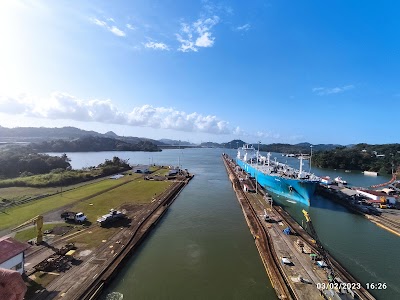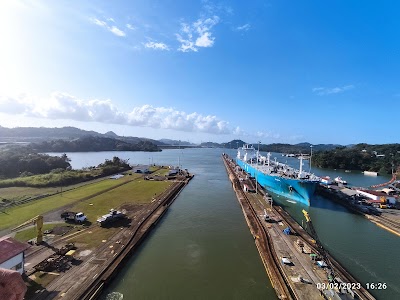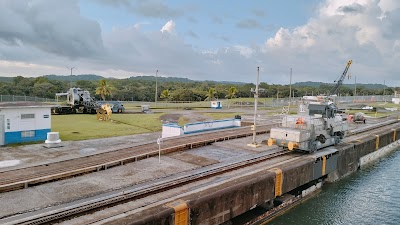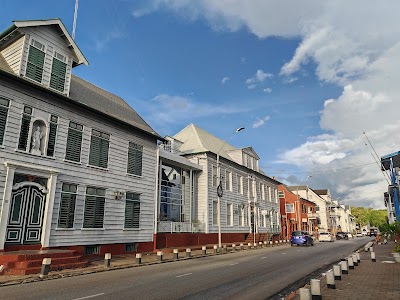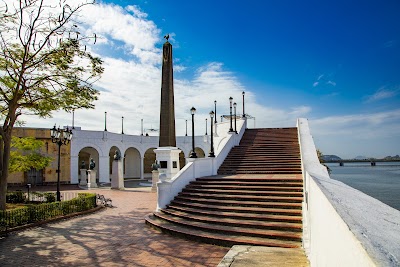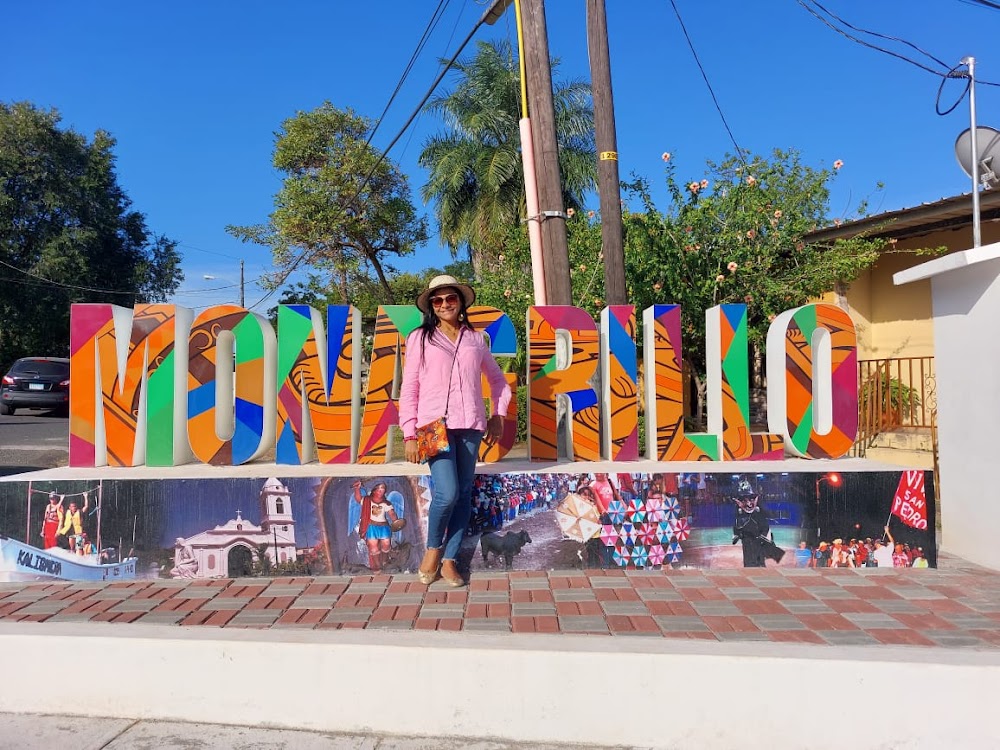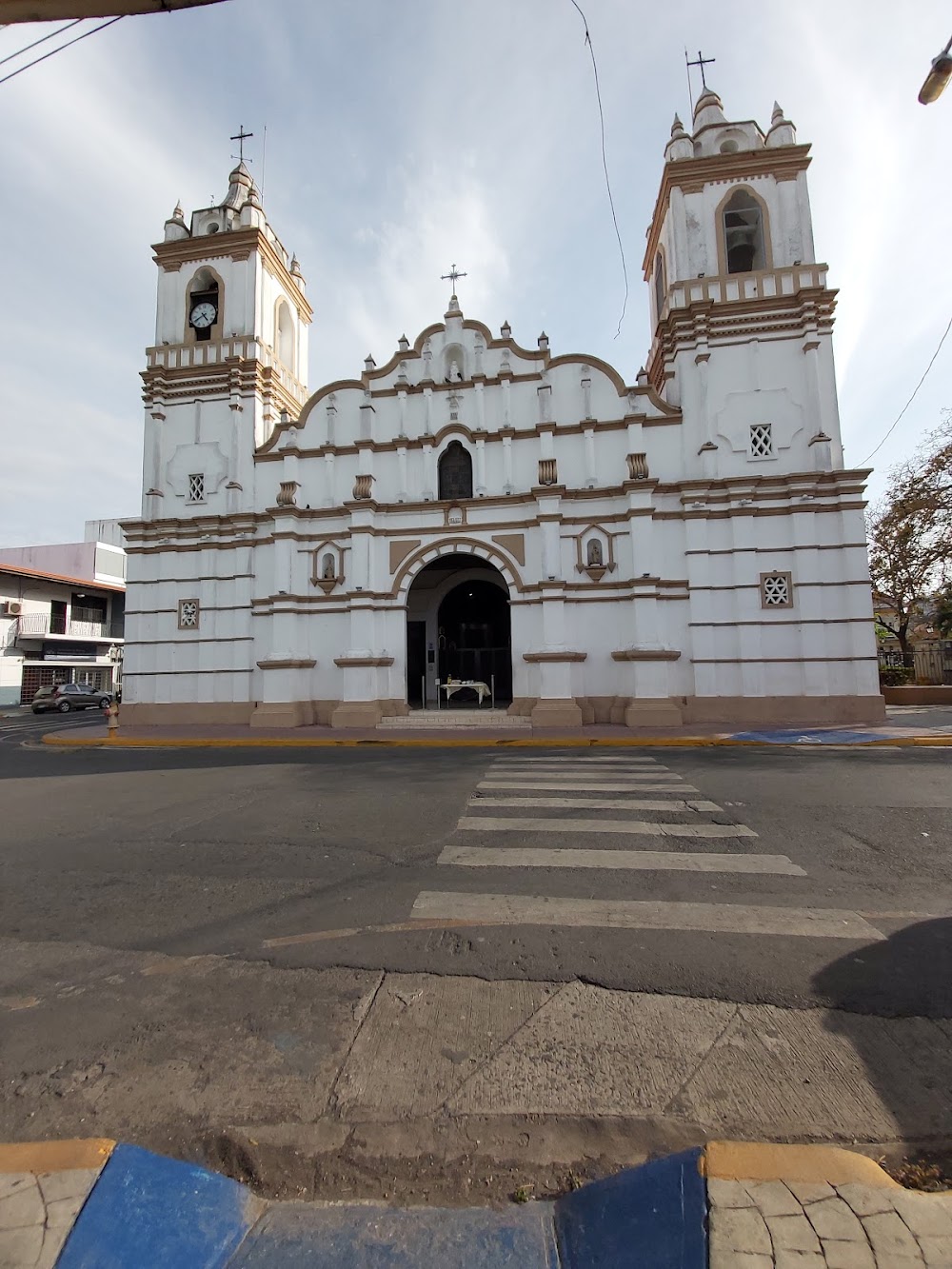Canal de Panamá (Canal de Panamá)
Overview
The Canal de Panamá, more commonly known as the Panama Canal, stands as a remarkable feat of engineering and one of the world's most vital waterways. Although its primary operations are concentrated around Panama City, it is essential to recognize that the province of Herrera, located on the Azuero Peninsula, contributes to the rich historical narrative that connects the canal to the broader region of Panama.
Spanning approximately 82 kilometers (about 51 miles), the Panama Canal links the Atlantic and Pacific Oceans, fundamentally transforming maritime trade since its opening in 1914. This monumental construction not only exemplifies engineering and diplomatic prowess but also reshaped global commerce by significantly reducing the travel time for ships that once had to navigate the perilous Cape Horn route around the southern tip of South America.
The history of the canal is a captivating tale of ambition, innovation, and international cooperation. The concept of a canal in Panama dates back to the early 16th century, but it wasn't until the late 19th and early 20th centuries that this dream began to take shape. An initial French attempt faced insurmountable engineering challenges and devastating tropical diseases. However, the United States took over the project in 1904, applying advanced technology and implementing rigorous public health measures against diseases such as yellow fever and malaria. The canal officially opened in 1914, forever altering the landscape of global shipping and maritime travel.
Beyond its commercial significance, the Panama Canal also serves crucial maritime strategic and national security roles for both Panama and the international community. The American Society of Civil Engineers has recognized the canal as one of the seven wonders of the modern world. Its impact on global trade is immeasurable, facilitating the flow of goods between the world's oceans and fostering the economic development of numerous nations.
For tourists eager to experience the grandeur of the Panama Canal, there are several engaging activities available. One of the most popular experiences includes watching vessels navigate the Miraflores Locks, where visitors can marvel at the impressive engineering as massive ships are raised and lowered through the locks. Additionally, the Panama Canal Museum in Panama City offers a deeper understanding of its history and significance, featuring interactive exhibits, historical artifacts, and insightful accounts of the challenges faced during its construction.
An intriguing aspect of the canal is its toll fee system. Tolls for ships transiting the canal vary based on type, size, and cargo. Large container ships can pay up to $300,000 for a single passage, while smaller vessels, like yachts, incur much lower fees. Notably, the record for the highest toll ever paid was set in 2016 by the container ship COSCO Shipping Panama, amounting to $829,468.57.
The Panama Canal is enveloped by lush tropical rainforests rich in biodiversity, offering a stunning natural backdrop. This unique environment provides opportunities for eco-tours and wildlife spotting, blending natural beauty with human ingenuity for a multifaceted visitor experience.
As you explore Herrera Province and its surroundings, it's important to appreciate the interconnected historical narratives that shape various parts of Panama. While Herrera is situated more inland, it boasts its own unique charms, including vibrant culture, lively festivals, and rich traditions, making it a worthwhile detour that enriches your understanding of Panama's diverse heritage.
In conclusion, a visit to the Panama Canal invites you to delve into extraordinary feats of human engineering, the perseverance of nations, and the interplay of nature and technology. It stands as a historic landmark of global significance and a testament to Panama’s pivotal role in international trade. For any visitor to Panama, experiencing the canal firsthand is an unparalleled opportunity to witness one of humanity's great accomplishments and a cornerstone in the narrative of modern commerce and travel.


